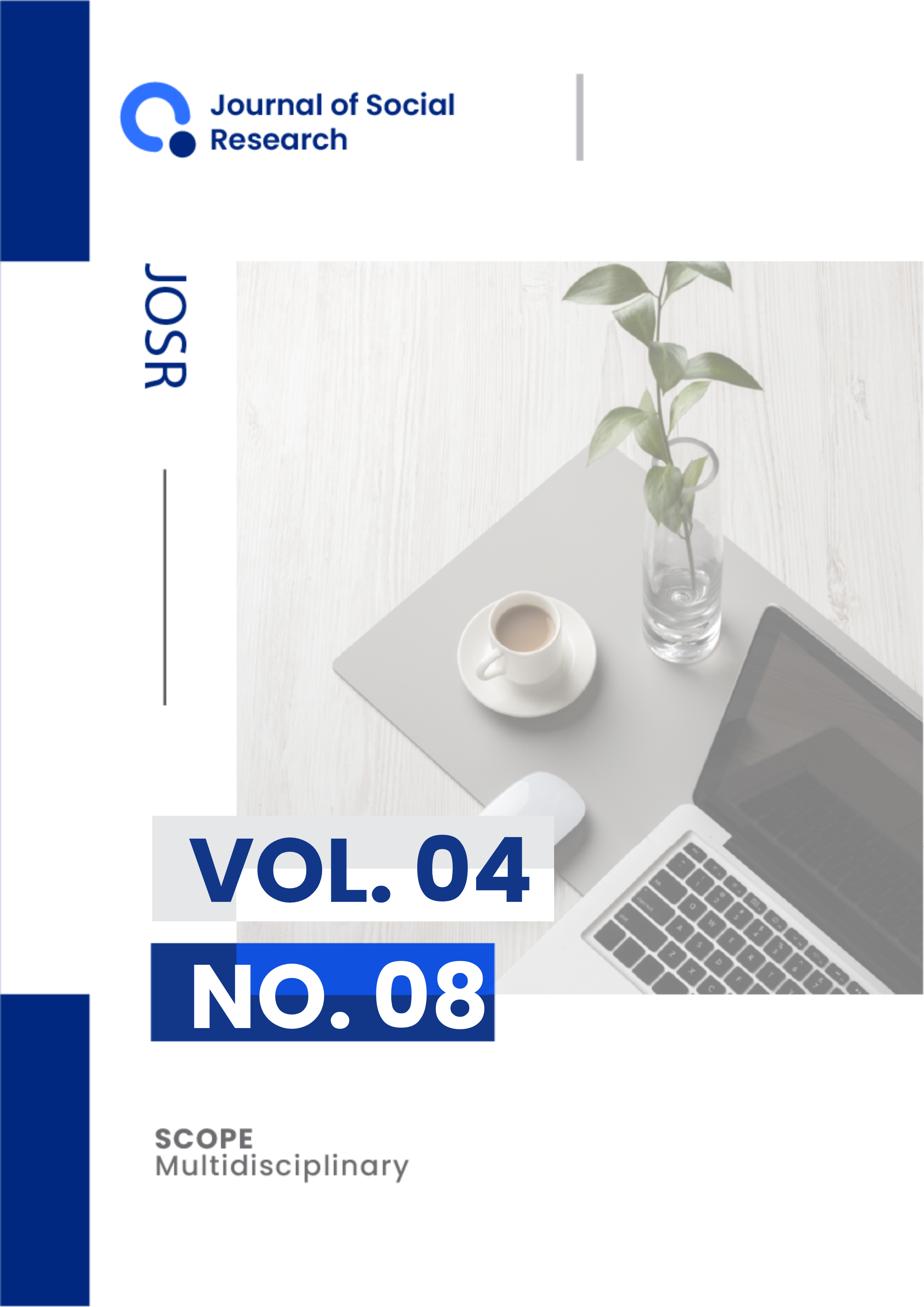Comparative Analysis of Static Axial Compressive Load Test (Reaction Test) with Kentledge Pile in the Construction of TLT Tower 1 Supporting Facility Building
DOI:
https://doi.org/10.55324/josr.v4i7.2676Keywords:
mast testing, static load, reaction pile, kentledge, mast bearing capacity, load testAbstract
The foundation plays a crucial role in building structures by transferring loads from the superstructure to the stable soil layer beneath. Ensuring the adequacy of the foundation's load-bearing capacity is critical, and Static Axial Compressive Load Testing on foundation piles is essential to verify whether the piles can support the intended design loads. This study compares two commonly used static load test methods: the reaction pile test and the kentledge test, within the context of the TLT Tower 1 Supporting Facility Building Construction Project. The research aims to evaluate these methods based on implementation efficiency, result accuracy, cost-effectiveness, and worksite safety. A comparative analysis approach was employed, utilizing both test methods on the project site to assess their performance under field conditions. The results demonstrate that both methods possess distinct advantages and limitations. The reaction pile test method offers higher accuracy and operational efficiency under certain conditions, particularly in constrained site environments. Conversely, the kentledge test method is generally more cost-effective but may present limitations in terms of load precision and logistical complexity. These findings suggest that the selection of an appropriate static load testing method should be based on specific site conditions, testing objectives, and budgetary considerations. The study recommends a project-specific approach to foundation pile testing, aligning method selection with the unique requirements of the construction project.
Downloads
Published
Issue
Section
License
Copyright (c) 2025 Bernolpus Tingge, Deri Febriansyah, Dony Setyadi Laksono, KMS. M. Rama Perwira, Rud Nokeo Alkindi

This work is licensed under a Creative Commons Attribution-ShareAlike 4.0 International License.

This work is licensed under a Creative Commons Attribution-ShareAlike 4.0 International.
Authors who publish with this journal agree to the following terms:
- Authors retain copyright and grant the journal right of first publication with the work simultaneously licensed under a Creative Commons Attribution-ShareAlike 4.0 International (CC-BY-SA). that allows others to share the work with an acknowledgement of the work's authorship and initial publication in this journal.
- Authors are able to enter into separate, additional contractual arrangements for the non-exclusive distribution of the journal's published version of the work (e.g., post it to an institutional repository or publish it in a book), with an acknowledgement of its initial publication in this journal.
- Authors are permitted and encouraged to post their work online (e.g., in institutional repositories or on their website) prior to and during the submission process, as it can lead to productive exchanges, as well as earlier and greater citation of published work.








